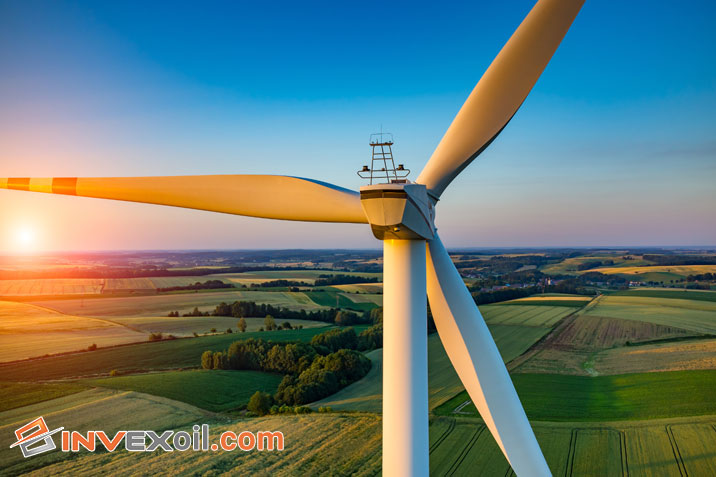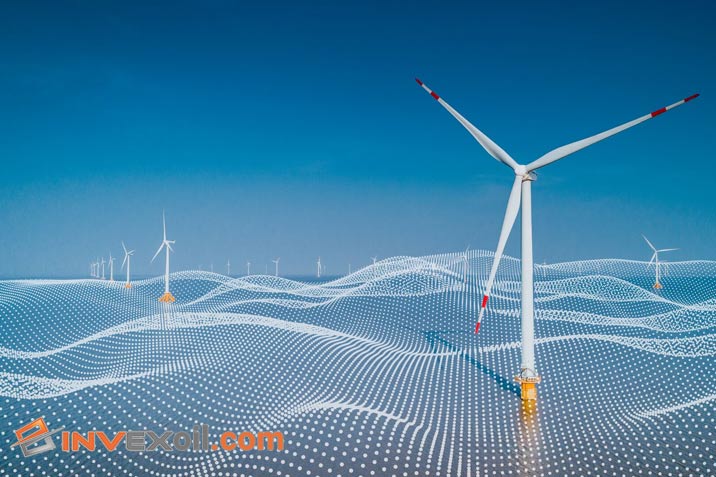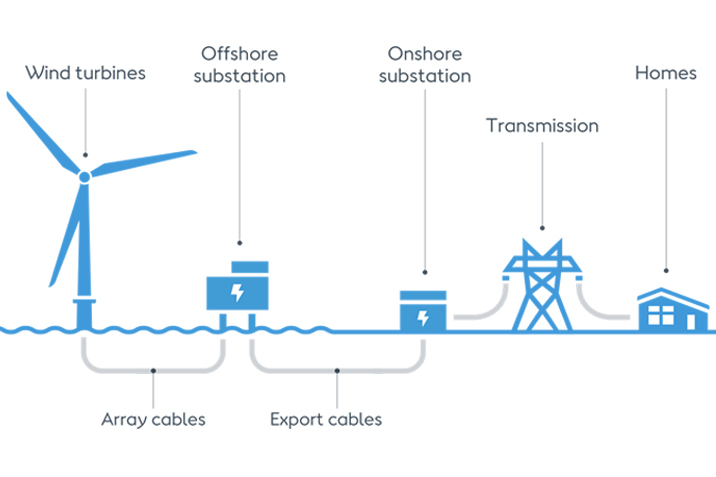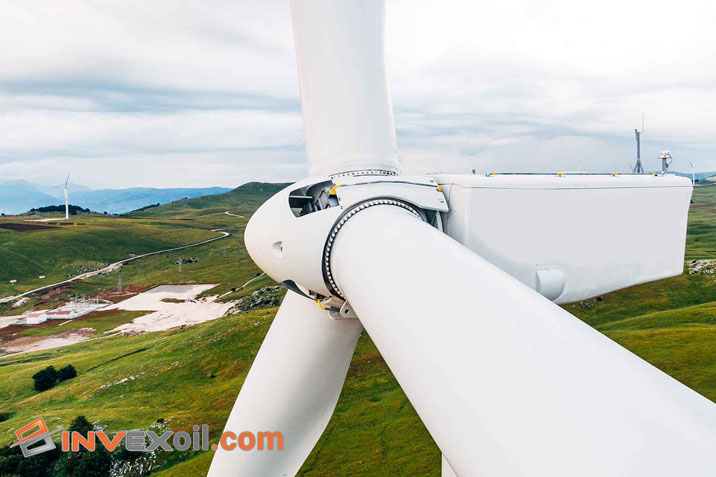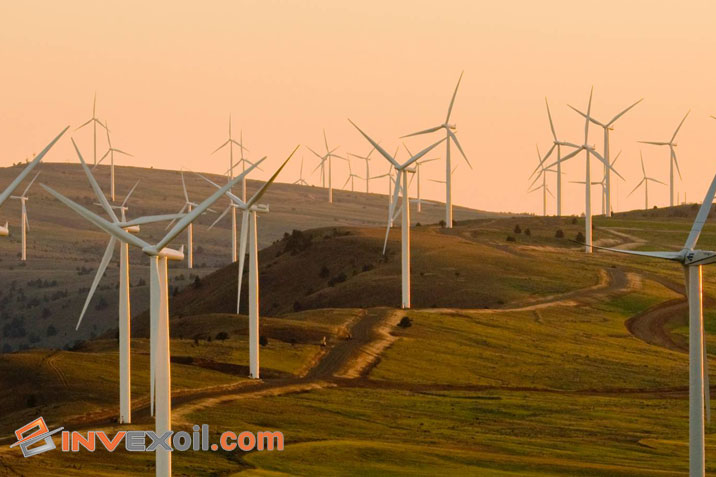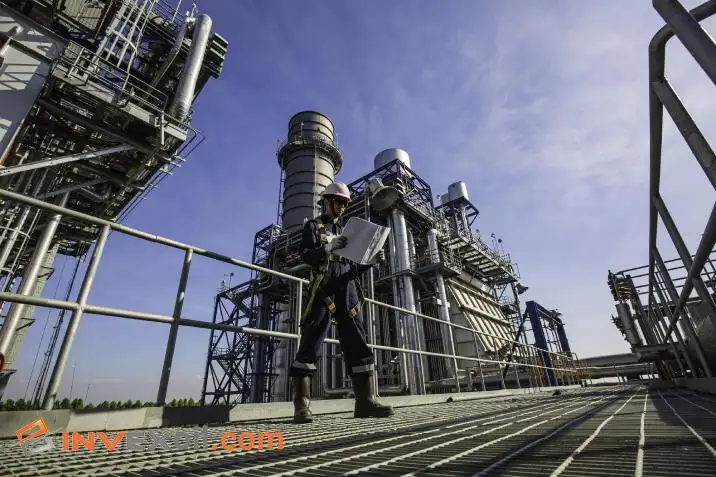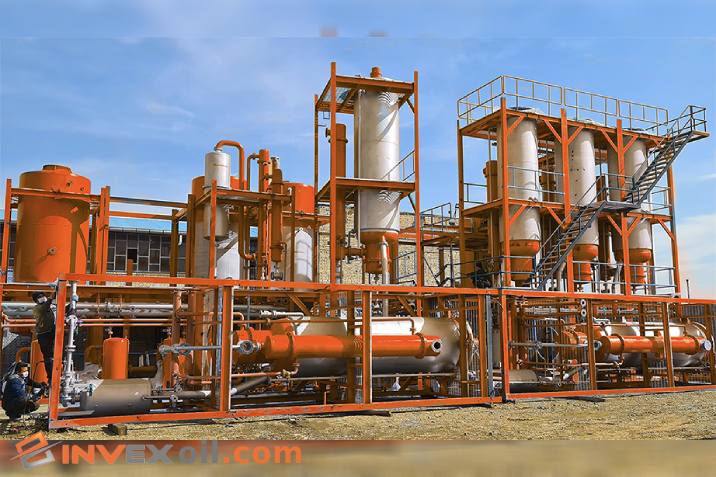Wind turbines play a crucial role in harnessing wind energy to generate electricity. These tall structures, equipped with rotor blades, are designed to capture the kinetic energy of the wind. As the wind blows, it causes the rotor blades to rotate. The rotation drives the internal components, including the generator, which converts the mechanical energy into electrical energy. This process relies on various intricate mechanisms and components working in harmony. One important aspect that ensures the efficient operation of wind turbines is turbine oil regeneration.
Turbine oil regeneration is a vital maintenance process that involves the restoration and purification of the lubricating oil used in wind turbines. By maintaining the quality of the turbine oil, it helps optimize the turbine’s performance and extends its lifespan. Now, let’s delve deeper into the fascinating world of wind turbine technology and explore the process of generating electricity in detail.
Table of Contents
How does a wind turbine generate electricity?
Wind energy is a renewable form of energy that utilizes the power of wind to generate electricity. It is harnessed through the use of wind turbines, which convert the kinetic energy of the wind into electrical energy. This sustainable energy source has gained significant recognition due to its numerous benefits.
What Is Wind Energy?
Wind energy refers to the process of converting wind power into usable electricity. It is a clean and renewable source of energy that does not produce harmful emissions or deplete natural resources. Wind turbines, consisting of rotor blades and a generator, capture the wind’s energy and transform it into electrical power.
Benefits of Wind Energy | How does a wind turbine generate electricity
Wind energy offers several advantages, making it an increasingly popular choice for power generation:
- It is environmentally friendly, producing no greenhouse gas emissions or air pollutants.
- It helps reduce reliance on fossil fuels, promoting energy independence.
- Wind is an abundant and inexhaustible resource, making it a sustainable option.
- It creates job opportunities and contributes to local economic growth.
- Wind energy can help mitigate climate change by reducing carbon dioxide emissions.
Global Wind Energy Trends
The adoption of wind energy has witnessed remarkable growth worldwide. Here are some notable trends:
- The global wind power capacity reached over 700 gigawatts (GW) by the end of 2023, demonstrating significant expansion.
- Several countries, including China, United States, Germany, India, Spain ,etc. have made substantial investments in wind energy projects.
- Technological advancements have improved the efficiency and performance of wind turbines, increasing their overall power output.
- Offshore wind farms have gained traction, harnessing the strong and consistent wind resources available at sea.
How Wind Turbines Work
Wind turbines are remarkable machines that harness the power of wind to generate electricity. These sophisticated devices consist of various components working together in harmony. And it can help us to understand answer of main question, how does a wind turbine generate electricity.
Components of a Wind Turbine
A wind turbine typically comprises the following key components:
- Rotor Blades: The blades capture the energy of the wind and convert it into rotational motion.
- Hub: The hub connects the blades to the main shaft and allows them to rotate.
- Generator: The generator converts the mechanical energy from the rotating shaft into electrical energy.
- Nacelle: The nacelle houses the generator, gearbox, and other vital components, protecting them from environmental elements.
Horizontal Axis Wind Turbines (HAWT)
Horizontal Axis Wind Turbines are the most commonly used type of wind turbines. This is part of answer of main question, how does a wind turbine generate electricity. They have the following characteristics:
- The rotor blades are positioned parallel to the ground and face the wind direction.
- As the wind blows, the blades rotate around a horizontal axis, driving the generator inside the nacelle.
How Does a Horizontal Axis Wind Turbine Work?
A Horizontal Axis Wind Turbine operates through the following steps:
- Wind strikes the rotor blades, causing them to spin.
- The spinning blades rotate the shaft connected to the generator.
- The generator converts the rotational energy into electrical energy.
This table is Overview of Wind Turbine Components to understand how does a wind turbine generate electricity.
| Components | Description |
| Rotor Blades | Capture wind energy and convert it into rotational motion |
| Hub | Connects the blades to the main shaft |
| Generator | Converts mechanical energy into electrical energy |
| Nacelle | Houses the generator and other key components |
Advantages of Horizontal Axis Wind Turbines
Horizontal Axis Wind Turbines offer several advantages:
- They are highly efficient in converting wind energy into electricity.
- They can be designed for various sizes and power capacities, making them versatile.
- They are suitable for a wide range of wind conditions and can operate at low wind speeds.
- They have a proven track record and well-established technology.
Step-by-Step Process of Power Generation in a Horizontal Axis Wind Turbine can help us to know better about answer of how does a wind turbine generate electricity. This table provide you such a good steps:
| Step | Description |
| 1 | Wind strikes the rotor blades, initiating rotation |
| 2 | The spinning blades rotate the shaft connected to the generator |
| 3 | The generator converts rotational energy into electrical energy |
Vertical Axis Wind Turbines (VAWT)
Vertical Axis Wind Turbines (VAWT) are an alternative design of wind turbines that differ from the traditional horizontal axis turbines. They possess unique characteristics and offer distinct advantages.
How Does a Vertical Axis Wind Turbine Work?
Vertical Axis Wind Turbines operate in the following manner:
- As the wind blows, it interacts with the vertically oriented rotor blades.
- The blades rotate around a central vertical axis, generating rotational motion.
- This rotation is transferred to the generator, which converts it into electrical energy.
This table provides a concise comparison between Vertical Axis Wind Turbines (VAWT) and Horizontal Axis Wind Turbines (HAWT), highlighting their key differences for better understanding and comparison.
| Features | Vertical Axis Wind Turbines (VAWT) | Horizontal Axis Wind Turbines (HAWT) |
| Wind Direction | Captures wind from any direction | Requires adjustment to face the wind |
| Footprint | Compact design, suitable for limited space | Requires larger land area |
| Operation Noise | Generally quieter in operation | May produce more noise |
Advantages of Vertical Axis Wind Turbines
Vertical Axis Wind Turbines offer several advantages:
- They are omnidirectional, meaning they can capture wind from any direction, eliminating the need for constant adjustment based on wind direction.
- They have a compact design and can be installed in areas with limited space.
- Vertical Axis Wind Turbines are generally quieter in operation compared to horizontal axis turbines.
Offshore Wind Turbines | To know How does a wind turbine generate electricity?
Offshore Wind Turbines are wind energy systems that are installed in bodies of water, typically in coastal areas or offshore locations. They offer unique advantages and contribute significantly to renewable energy generation. And they can help us to understand how does a wind turbine generate electricity.
How Do Offshore Wind Turbines Work?
Offshore Wind Turbines operate as follows:
- Installed on sturdy foundations in water bodies, they harness the strong and consistent offshore winds.
- The turbine blades capture the kinetic energy of the wind, causing them to rotate.
- The rotation of the blades spins a generator, converting the mechanical energy into electrical energy.
This table presents a summary of the advantages and challenges associated with Offshore Wind Turbines. It helps in understanding how does a wind turbine generate electricity.
| Advantages | Challenges |
| Access to higher wind speeds | Higher installation and maintenance costs |
| Potential for larger-scale projects | Complex logistics and infrastructure requirements |
| Reduced impact on populated areas | Environmental considerations and potential wildlife disturbance |
Advantages of Offshore Wind Turbines
Offshore Wind Turbines offer several advantages:
- They can access higher wind speeds and more consistent winds compared to onshore turbines, resulting in increased electricity generation.
- Offshore wind farms have the potential to be larger in scale, allowing for the installation of more turbines and higher energy output.
- Their location away from populated areas reduces the impact of noise pollution and visual disturbances.
Conclusion
In conclusion, understanding the factors that impact wind turbine performance is crucial for maximizing electricity generation. By considering elements such as wind speed and direction, rotor diameter and swept area, turbine height and tower design, and efficiency and capacity factor, we can optimize the efficiency and output of wind power systems we can know better about how does a wind turbine generate electricity. This knowledge allows us to harness the full potential of wind resources and generate electricity sustainably. By implementing these factors effectively, we can ensure that wind turbines operate at their highest capacity, contributing to a greener and more sustainable energy future.
FAQ
These questions are the most commonly asked ones about how does a wind turbine generate electricity:
How does a wind turbine generate electricity?
Wind turbines generate electricity by using the force of the wind to rotate the blades, which then turn a generator, producing electrical energy.
What is the process of electricity generation in a wind turbine?
The wind causes the blades of a wind turbine to spin, converting the kinetic energy of the wind into mechanical energy, which is then transformed into electrical energy by a generator.
What are the main components involved in the electricity generation of a wind turbine?
The main components of a wind turbine involved in electricity generation include the rotor blades, the shaft, the generator, and the power control system.

Hello, This is Matteo Hudson Copywriter from InvexOil. We are here to provide super-important content to help you learn more easily and be involved in the world of Petroleum and Chemistry. We are here to answer your questions, help you to have better services, and also find the best solution for your problems. Don’t be shy and ask your questions in the comment box or call our number. If you want to connect with me directly, you can search for my name on Linkedin.

